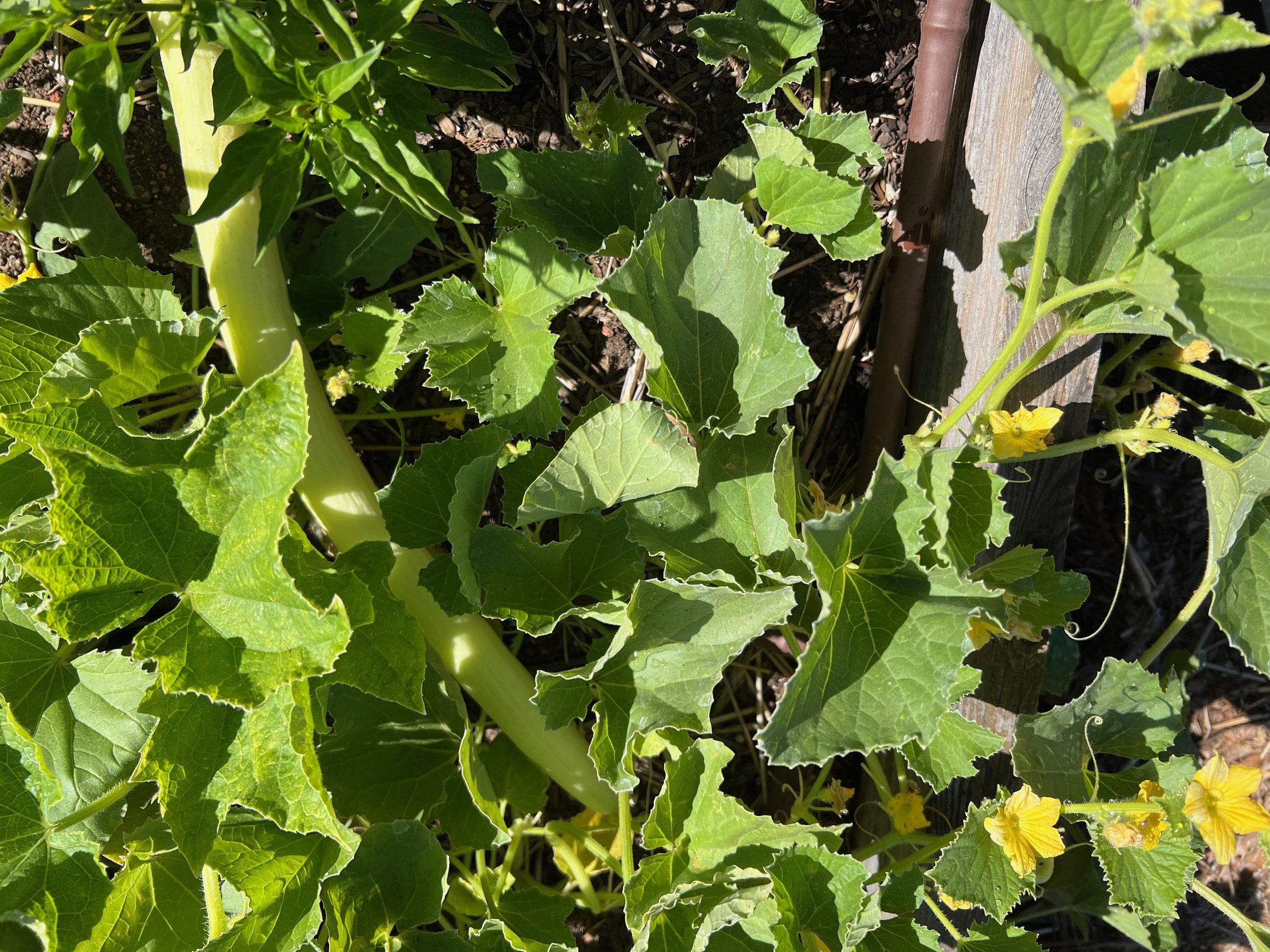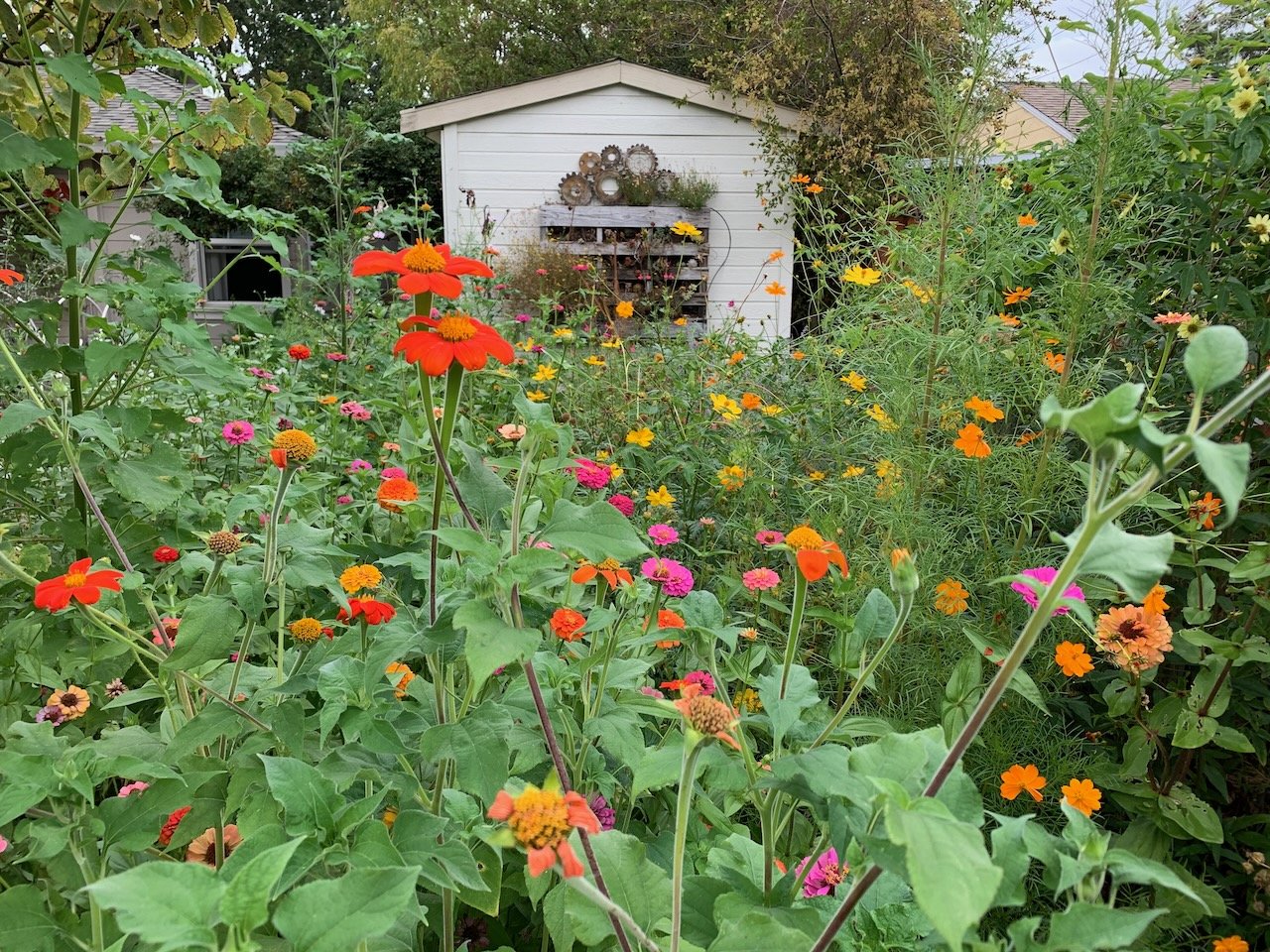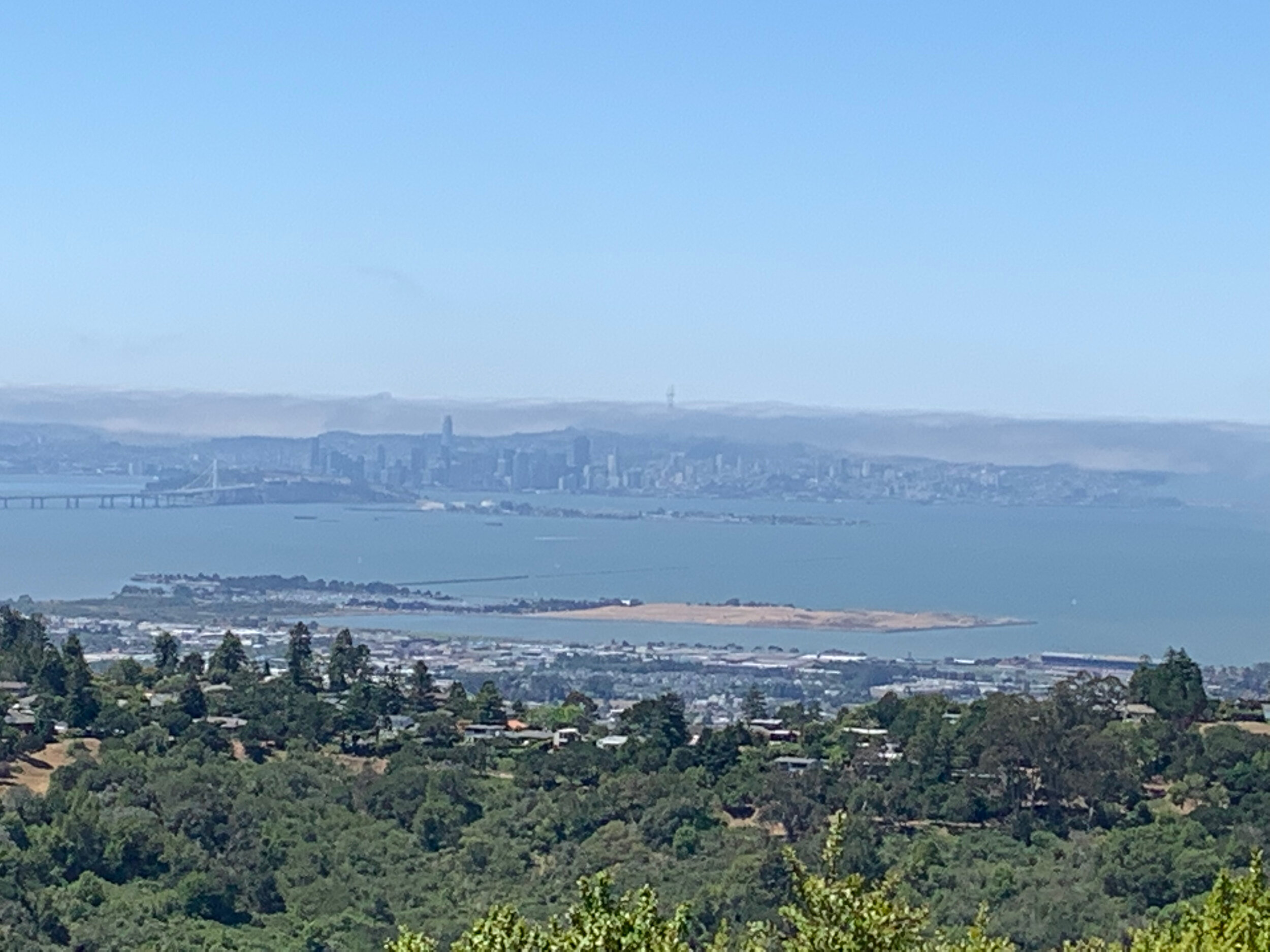In the past couple of weeks, I have toured several different farms and gardens where the caretaker sung the praises of foliar feeding. “The plants absorb the nutrients so much faster and growth just explodes!” said one farmer enthusiastically. Every time I hear a comment or recommendation regarding foliar feeding, my inner bullshit alarm goes off. I just don’t believe it actually works. But is my hunch true, or am I just stuck in old thinking?
Years ago, I was enamored with the idea of making compost tea and then spraying it as a foliar feed on my veg and fruits. I was sure it would improve the health of my plants, deter pests, and increase yields. Making compost tea is a lot of work; it requires a bubbler in order to oxygenate the mixture as it’s steeping, keeping the organic matter in a mesh bag so it doesn’t clog the bubbler, then decanting the mixture into a sprayer, etc etc etc. And then the spraying itself, messy and time-consuming. All of this has associated costs, too - you need to buy a big sprayer, a bubbler and tubing, several containers to hold everything, and mesh bags or cheesecloth. This is all after the regular work of making compost, which is noble and important but not exactly a hands-off project. After all this fuss, I really didn’t notice much of a difference in my plants when I performed foliar feeding.
Not long after, I took a Plant Nutrition class as part of my ‘nursery management’ coursework at Merritt. Several students were convinced that foliar feeding worked better for plant nutrition than any other method. My instructor was dubious. She explained that leaves are not designed to take in nutrients. There are nearly microscopic holes on the bottoms of leaves, called ‘stomata,’ which evolved to provide gas exchange - these holes allow for oxygen and carbon dioxide to move between the plant and air as part of the process of photosynthesis. They can expel water, but actually repel water that’s trying to come in, using a waxy coating for that purpose.
More recent research has revealed the existence of micro-pores on the surface of leaves, and they are lined with negative charges which attract positively charged cations (things like calcium, magnesium, and potassium). This research has shown that nutrients can enter these pores as ions in water, but sprayed leaves dry very quickly and limit much absorption, and only about 15% of the nutrients applied this way are absorbed.
And as my professor then told us, even if leaves do take in nutrients in this way, the plant is really not designed to move nutrients other than sugars from the leaves to the roots, or to any other part of the plant. The whole system is designed to draw nutrients from the soil solution (a pool of available water at the rhizosphere that contains nutrients) up through the roots and into the xylem, which is a kind of fluid river that moves water-soluble nutrients from the roots to the rest of the plant. There’s a downward river, too - the phloem - but it’s carrying sugars made in the photosynthetic process down from the leaves to the root zone. That’s what it’s designed to do, not carry nutrients from the stomata down to the roots. So even if nutrients are entering the leaves, they are stuck in the leaves. They are immobile due to that stronger positive charge.
Let’s take calcium for instance. A gardener recently told my class that she sprayed her tomatoes using a foliar feed of liquid calcium to prevent blossom end rot. But calcium will not move from the leaves to the fruit. It can only move from the roots to the fruit. Tomatoes also do not absorb calcium through the skin. So this is arguably not helping the plant avoid blossom end rot. (And if you’re a long-time reader of this blog, you already know that blossom end rot is not really a calcium issue.)
Remember my plant nutrition class? My professor posited that what was really happening in foliar feeding was that the nutrients were dripping off the plant and down into the soil, thereby entering the soil solution. But she was not married to that theory and was game to experiment. So, in lab, we planted a bunch of leafy vegetables in 4” pots. Then we covered the whole surface of the soil with plastic wrap. Then we turned the plant on its side and sprayed the leaves with a foliar feed (I can’t remember what the actual fertilizer was, unfortunately). This way the feed dripped off the leaves onto the ground, instead of down into the pot. And the plastic wrap was there as insurance to make sure that nothing entered the soil. We let the plants drip dry before righting them, removing the wrap, and watering them with plain water before replacing the wrap. We cared for these plants over the course of the whole semester.
Care to guess the result? The plants in 4” pots with only foliar feed did very poorly indeed. They were yellowed, diseased, and wilted. We concluded that foliar feeding didn’t work, or at least it didn’t work well enough to supply enough nutrients to the plant.
But that’s not a rigorous study, so I consulted some other recent research. According to a 2016 study by the University of Wisconsin-Madison’s Agriculture Department, “for many nutrients, there is little or no published information showing a valid relationship between crop yield increase and tissue nutrient concentration that provides good reason for making widespread recommendations to apply a foliar- or soil-applied fertilizer that includes that nutrient,” and, “for many of these essential nutrients, we lack proven research that defines the exact minimum nutrient concentration below which yield is harmed and verifies that a beneficial yield response to foliar feeding occurs.” And according to a 2020 article from Ohio State University’s College of Food, Agriculture, and Environmental Services program, “results (in foliar feeding) were inconsistent and didn’t reveal a cohesive pattern of increased yield or… plant health for the sites in this study.”
I suppose it’s possible that spraying the leaves with a nice compost tea might help protect the leaves from some fungal infections, or pest predation. But as a method of actually feeding the plant, I think it’s an inferior choice. The best thing to do for any plant is to provide it with plenty of organic matter, which allows the soil biology to process all the nutrients in the organic matter and make them available in soil solution for the plant roots.
Reference: “Why I Typically Do Not Recommend Foliar Fertilization,” by Caleb P. Goossen, Ph.D, MOFGA Crop Specialist, June 2023.















